Lake9781555631352, 1555631355, 9781555631260, 1555631266
Table of contents :
1.1 Starting From the Wells……Page 9
1.3 Function of a Facility……Page 10
1.4 Example Oil Facility……Page 11
1.5 Gas Facility……Page 14
1.7 Design Safety……Page 17
SI Metric Conversion Factors……Page 19
2.1 Introduction……Page 21
2.2 Examples of Separators……Page 44
2.3 Separator Sizing……Page 47
2.4 Examples of Separator Sizing……Page 57
Nomenclature……Page 64
Appendix A—Drag Coefficients……Page 65
SI Metric Conversion Factors……Page 67
3.1 Introduction……Page 69
3.2 Emulsions……Page 70
3.3 Emulsion-Treating Methods……Page 73
3.4 Desalting……Page 86
3.5 Emulsion-Treating Equipment……Page 90
3.6 Subsystems……Page 113
3.7 Operational Considerations……Page 120
3.8 Economics of Treating Crude-Oil Emulsions……Page 123
Nomenclature……Page 125
SI Metric Conversion Factors……Page 129
4.1 Introduction……Page 131
4.2 Produced-Water Discharge or (Steam) Injection……Page 132
4.3 Surface-Water Treatment for Injection……Page 167
4.4 Water-Treating Chemicals……Page 178
4.5 Material Selection for Water-Treating Equipment……Page 185
Nomenclature……Page 188
SI Metric Conversion Factors……Page 191
5.2 Typical Sales-Gas Specifications……Page 193
5.3 Sour Gas Sweetening……Page 195
5.5 Hybrid Process……Page 202
5.6 Reduction/Oxidation (Redox) Process……Page 203
5.7 Nonregenerative Chemical Solvent (Scavenger) Processes……Page 204
5.8 Dry Sweetening Processes……Page 205
5.11 Dehydration With Glycol……Page 206
5.13 Function of the Inlet Separator……Page 208
5.14 Function of the Contactor or Absorber……Page 210
5.15 Function of the Reboiler……Page 211
5.16 Water Dewpoint Depression……Page 212
5.18 Glycol Purity Enhancement Methods……Page 214
5.19 Components of the Glycol Circulating System……Page 215
5.20 Instrumentation and Controls……Page 217
5.21 Contactor Design Considerations……Page 219
5.24 Trouble Diagnosis……Page 220
5.26 Glycol Dehydrator BTEX and VOC Emission Control……Page 221
5.27 Dry Desiccant Dehydration……Page 222
5.29 Dehydration With Deliquescing Desiccants……Page 223
5.30 Water Dewpoint and Hydrocarbon Dewpoint Control……Page 226
5.31 Dewpoint Control by Refrigeration……Page 227
5.32 The IFPEXOL Process……Page 229
5.33 NGL Extraction Methods……Page 230
5.34 The Turbo-Expander Process……Page 231
5.35 Joule-Thomson Expansion……Page 232
5.36 Membrane Processing for CO2 Removal……Page 233
Nomenclature……Page 235
SI Metric Conversion Factors……Page 237
6.1 Fluid Principles and Hydraulics……Page 239
6.2 Hydraulic Principles……Page 241
6.3 Centrifugal Pumps……Page 248
6.4 Positive-Displacement Pumps……Page 258
6.5 Pump Drivers……Page 265
Nomenclature……Page 266
SI Metric Conversion Factors……Page 267
7.1 Introduction……Page 269
7.2 Classification and Types……Page 270
7.3 Compression Theory……Page 273
7.4 Centrifugal Compressors……Page 280
7.5 Reciprocating Compressors……Page 290
Nomenclature……Page 306
SI Metric Conversion Factors……Page 308
8.2 Reciprocating Engines……Page 309
8.3 Gas Turbine Engines……Page 316
SI Metric Conversion Factors……Page 324
9.1 Introduction……Page 325
9.2 Piping and Pipeline Systems’ Pressure-Drop Formulas……Page 326
9.3 Pressure Drop Caused by Valves and Fittings……Page 343
9.4 Selecting Pipe Wall Thickness……Page 349
9.5 Velocity Considerations……Page 361
9.6 Valve, Fitting, and Flange Pressure Ratings……Page 363
9.7 Specification Pressure Breaks……Page 369
9.8 Pipe Expansion and Supports……Page 370
9.9 Pipelines……Page 372
9.10 Pipeline Pigging……Page 388
9.11 Hydrostatic Testing and Nondestructive Testing and Inspection……Page 395
9.12 Instrumentation and Control……Page 397
Nomenclature……Page 398
SI Metric Conversion Factors……Page 401
10.1 Basic Safety Concepts……Page 403
10.2 API RP 14C……Page 406
10.3 Relief Valves and Relief Systems……Page 416
10.4 Flare and Vent Disposal Systems……Page 432
Nomenclature……Page 444
SI Metric Conversion Factors……Page 446
11A Liquid Meters—Marsha Yon……Page 447
11B Gas Meters—Kevin L. Warner and Tom Mooney……Page 457
SI Metric Conversion Factors……Page 468
12.3 Power Sources……Page 469
12.4 Sizing and Selection of the Power Supply……Page 471
12.5 Electrical-Distribution Systems……Page 473
12.6 Electrical Grounding……Page 477
12.7 Voltage Drop in Electrical Systems……Page 479
12.8 Power Factor and Use of Capacitors……Page 481
12.9 Hazardous-Area Classification……Page 483
12.10 Alternating-Current (AC) Motors……Page 487
12.11 Motor Specifications……Page 493
12.12 NEMA Motor Characteristics……Page 497
12.13 Methods of Motor Starting……Page 498
12.14 Derating Factors……Page 500
12.15 AC Motor Drives……Page 501
12.16 Matching AC Motors to Load……Page 504
12.17 Enclosures……Page 506
12.19 Above-NEMA Motors……Page 508
Nomenclature……Page 509
SI Metric Conversion Factors……Page 512
13.1 Storage Tanks……Page 513
SI Metric Conversion Factors……Page 531
14.2 Historical Review……Page 533
14.3 Fixed Steel and Concrete Gravity Base Structures……Page 542
14.4 Compliant and Floating Systems……Page 552
14.5 Subsea Systems……Page 559
14.6 Flow Assurance……Page 562
14.7 Offshore Production Operations……Page 563
14.8 Arctic……Page 566
14.9 Future Technology Requirements……Page 570
SI Metric Conversion Factors……Page 572
15.2 Definitions……Page 573
15.3 Project Execution……Page 577
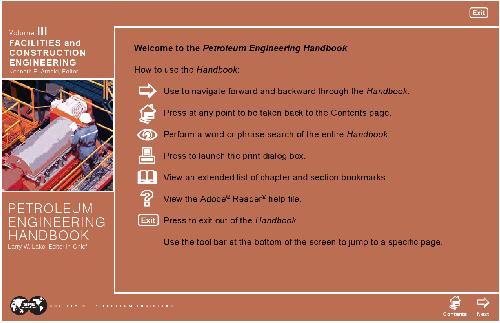
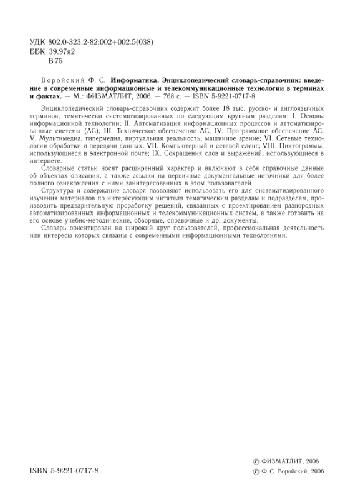
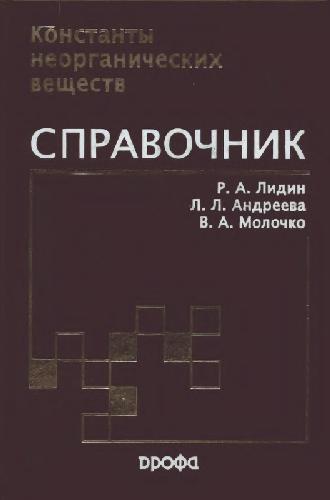
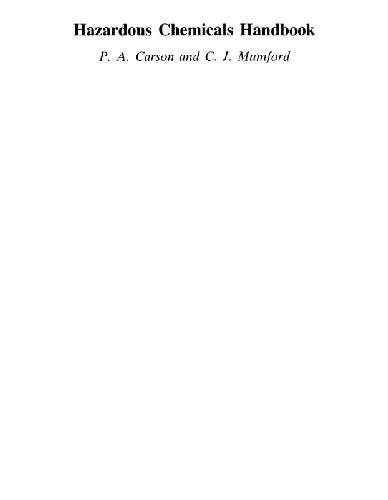
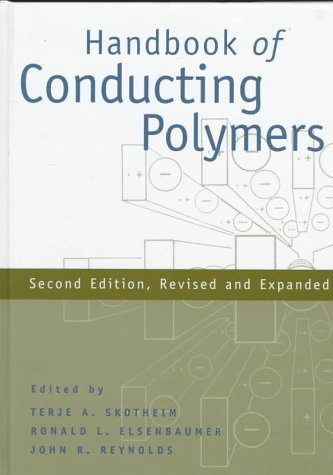

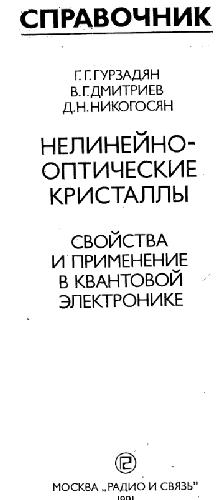
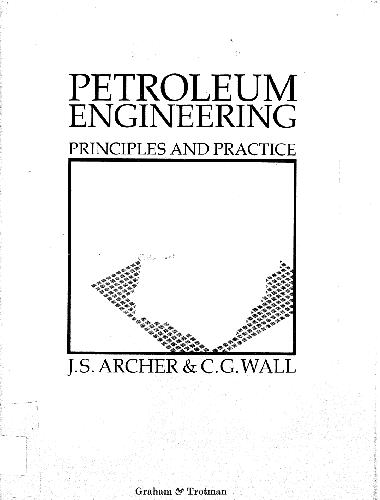
Reviews
There are no reviews yet.